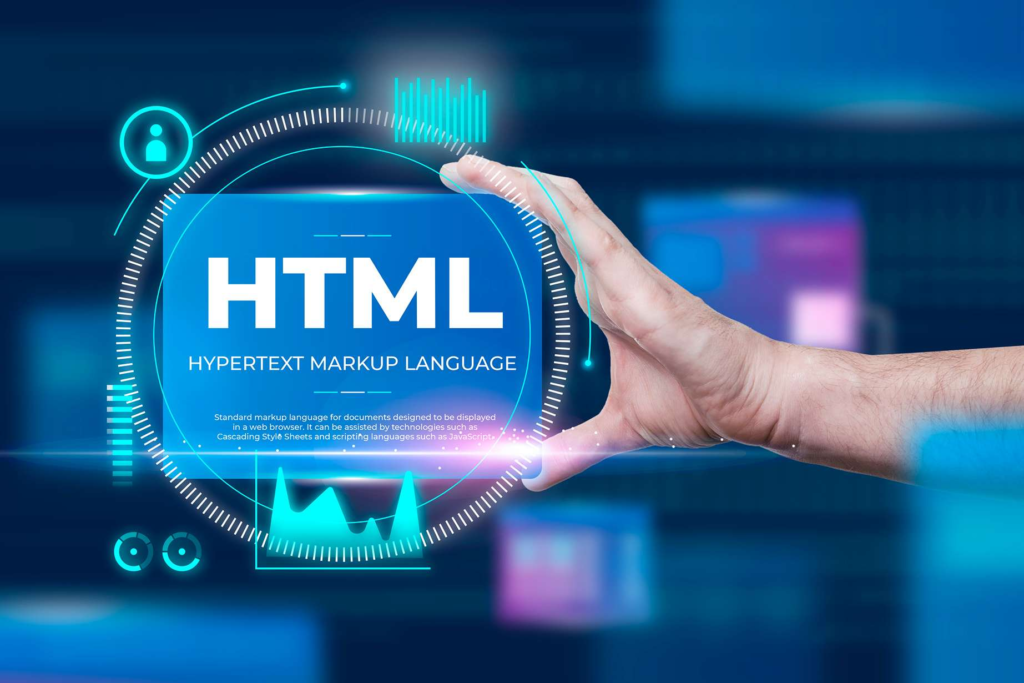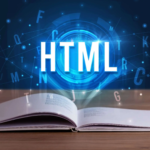HTML has evolved significantly over the years, and with the latest updates in HTML5, it’s more powerful than ever. Many developers still rely on outdated practices, missing out on modern features that can improve performance, SEO, and user experience.

In this blog, we’ll explore the top 10 HTML features you might not be using—but definitely should—in 2025.
1. Semantic Tags for Better SEO and Accessibility
Modern HTML includes semantic elements that describe their purpose clearly. These tags improve SEO rankings and enhance accessibility for screen readers.
Examples:
<header>Site Header</header>
<nav>Main Navigation</nav>
<article>Article Content</article>
<section>Main Section</section>
<footer>Site Footer</footer>
Why Use It?
- Helps search engines understand the structure of your site.
- Improves accessibility for visually impaired users.
2. <picture> Element for Responsive Images

Serving the right image size for different devices is crucial for page speed and user experience. The <picture> tag allows you to load responsive images based on screen size.
<picture>
<source srcset="image-small.jpg" media="(max-width: 600px)">
<source srcset="image-large.jpg" media="(min-width: 601px)">
<img src="fallback-image.jpg" alt="Responsive image">
</picture>
Why Use It?
- Improves load time by delivering optimized images.
- Provides better visual quality for high-resolution devices.

3. <dialog> Tag for Native Modals
Creating pop-ups no longer requires JavaScript-heavy libraries. The <dialog> element provides built-in modals that are easy to implement.
<dialog id="myModal">
<p>This is a modal window.</p>
<button onclick="document.getElementById('myModal').close()">Close</button>
</dialog>
<button onclick="document.getElementById('myModal').showModal()">Open Modal</button>
Why Use It?
- Reduces reliance on JavaScript frameworks.
- Provides better accessibility and usability.

4. <details> and <summary> for Collapsible Content
Add expandable and collapsible content without JavaScript. Perfect for FAQs and drop-down menus.
<details>
<summary>What is HTML?</summary>
<p>HTML stands for HyperText Markup Language.</p>
</details>
Why Use It?
- Built-in functionality—no JavaScript required.
- Great for improving user experience and content organization.
5. <template> for Reusable HTML Blocks
The <template> tag allows you to define reusable HTML snippets without rendering them immediately.
<template id="cardTemplate">
<div class="card">
<h3>Title</h3>
<p>Description</p>
</div>
</template>
Why Use It?
- Helps create dynamic components with JavaScript.
- Enhances performance by reducing DOM manipulation.
6. <meter> and <progress> for Visual Data
Visual indicators can enhance user interaction and data representation.
Progress Bar:
<progress value="70" max="100"></progress>
Meter (for ranges):
<meter value="6" min="0" max="10">6 out of 10</meter>
Why Use It?
- Provides built-in styling and functionality.
- Ideal for loading indicators or rating systems.

7. <input> Enhancements for Better Forms
Modern input types make forms more interactive and user-friendly.
<input type="date">
<input type="email">
<input type="color">
<input type="range" min="0" max="100" step="10">
Why Use It?
- Reduces the need for custom JavaScript validation.
- Offers mobile-friendly input fields.
8. <audio> and <video> for Multimedia Content
Enhance your website with built-in audio and video players without relying on third-party plugins.
Video Example:
<video controls>
<source src="video.mp4" type="video/mp4">
Your browser does not support video.
</video>
Audio Example:
<audio controls>
<source src="audio.mp3" type="audio/mpeg">
</audio>
Why Use It?
- Native support for media content.
- Provides controls, autoplay, and looping options.
9. <iframe> for Embedding Content

Embed maps, YouTube videos, and other content seamlessly using <iframe>.
<iframe src="https://www.youtube.com/embed/videoID" width="560" height="315"></iframe>
Why Use It?
- Simplifies embedding third-party content.
- Enhances the user experience with rich media.
10. Web Accessibility Attributes (ARIA)
Enhance accessibility for users with disabilities using ARIA attributes.
<button aria-label="Submit Form">Submit</button>
<nav aria-label="Main Navigation">
<ul>
<li><a href="#">Home</a></li>
<li><a href="#">Contact</a></li>
</ul>
</nav>
Why Use It?
- Makes your website ADA-compliant.
- Improves SEO rankings and usability.
Final Thoughts
HTML is no longer just about static web pages. The modern HTML features we discussed can transform your site into a dynamic, responsive, and user-friendly experience.
Don’t wait—start implementing these features today to stay ahead in web development in 2025!
Meta Description:
Discover the top 10 HTML features you’re not using but should in 2025. Boost SEO, enhance user experience, and create responsive websites with these advanced HTML tips.
Focus Keywords:
HTML features 2025, advanced HTML tips, modern HTML elements, HTML5 features, responsive HTML design, SEO-friendly HTML, accessible HTML coding.

